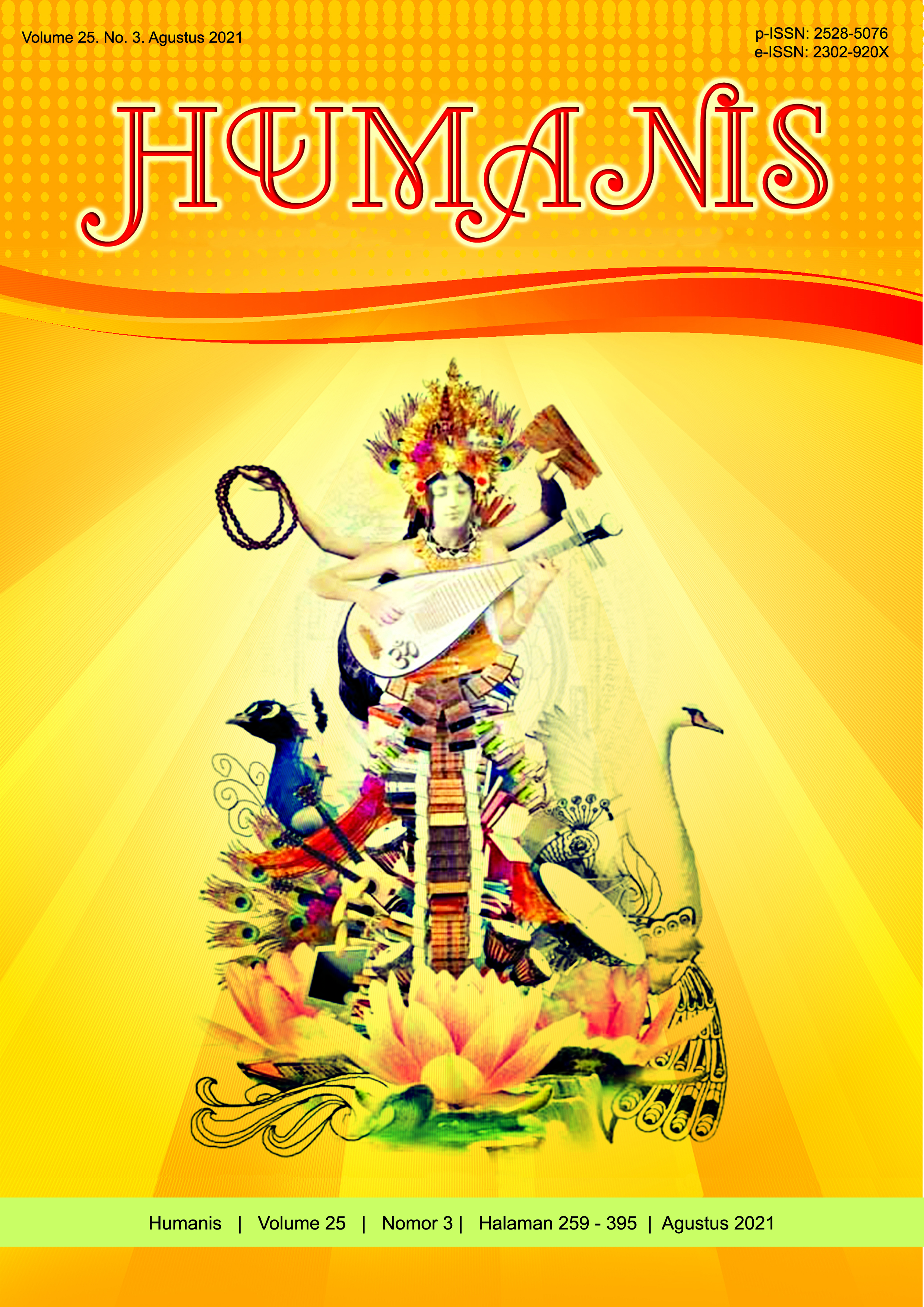Tinder Sebagai Platform Pencarian Jodoh di Zaman Digital
Abstract
The phenomenon of dating applications is increasingly growing in society. This is evidenced by the rise of dating applications. Tinder is one of the most talked about dating apps. Tinder brings people a change in the way it is social. Since Tinder was launched, now humans can easily make new friends virtually. Dating applications are believed to be able to provide a solution when a match comes for its users. This is what attracts researchers to dig deeper into the phenomenon of matchmaking through the Tinder application as a matchmaking platform in the digital era. The theory used by the researcher is social action theory and theory of love by Wheel theory. This research also uses a qualitative descriptive method and a qualitative approach. The results show that the resource person uses the Tinder application to find new friends, girlfriends and even husbands / wives. The researcher concluded that the actions taken by the informants on average had the same answer. This action is done for the purpose of finding a new socials circle.
Downloads
References
Bungin, Burhan. (2001). Metodologi Penelitian Sosial. Surabaya: Universitas Airlangga
Bungin, Burhan . (2008). Sosiologi Komunikasi. Jakarta: Prenada Media Grup
Fridha, Merry dan Meria Octavianti. (2016).Mengenai konstruksi makna kencan di situs pencarian jodoh . Skripsi, Universitas Islam Balitar. Dan Universitas Padjadjaran.
George, R. (2001). Sosiologi Ilmu Berparadigma Ganda. Jakarta: PT Rajawali
Hidayat, Ahmad. (2015). Pengurangan Ketidakpastian dalam Komunikasi Lintasbudaya [Skripsi]. Yogyakarta: Universitas Negeri Sunan Kalijaga
Kamus Besar Bahasa Indonesia. (2013). Edisi ke-empat. Jakarta: Departemen Pendidikan dan Kebudayaan RI.
Mareta, Dwina. (2017). Fenomena pengguna aplikasi Tinder di kalangan mahasiswa di Kota Bandung. Skripsi, Universitas Pasundan Bandung.
Mulyana, Deddy & Jalaludin Rakhmat. (2000). Komunikasi Antara Budaya:Panduan Berkomunikasi Dengan Orang-Orang Berbeda Budaya. Bandung : Remaja Rosdakarya
Mulyana, Deddy & Jalaludin Rakhmat. (2004). Komunikasi Efektif. Bandung: Remaja Rosdakarya
Nasrullah, Dr. Rulli. (2015). Media Sosial (Cetakan Pertama). Bandung: Simbiosa Rekatama Media
Novala, Putri Tessa. (2015).Motif Pria Pengguna Tinder Sebagai Jejearing Sosial Pencarian Jodoh(Studi Virtual Etnografi Mengenai Motif Pria Pengguna Tinder). Skripsi, Universitas Telkom Bandung.
Nurfazila, Anggita. (2015). Self-Disclosure Perempuan Muda Di Platform Online Dating . [Skripsi]. Universitas Indonesia
Olson & Defrain. (2003). Marriage & Families (4th Ed). New York: MC Graw Hill
Rakhmat, Jalaluddin. (2007). Psikologi Komunikasi. Bandung: PT Remaja Rosdakarya
Sari, Dewi Rosita. (2016).Perilaku komunikasi pengguna media sosial tinder dalam menjalin relasi pertemanan di kalangan mahasiswa UNIKOM (Studi Deskriptif Tentang Perilaku Komunikasi Pengguna Media Sosial Tinder Dalam Mennjalin Relasi Pertemanan di Kalangan Mahasiswa Unikom). Skripsi, Universitas Komputer Bandung
Severin, Werner J. dan James W. Tankard. (2005). Teori Komunikasi: Sejarah, Metode, dan Terapan di Dalam Media Massa. Jakarta: Kencana
Shafira.(2010).Take Me Out Indonesia Realitas Pencarian Jodoh Perempuan Melalui Media. Skripsi, Universiatas STAIN Sjech M. Djamil Djambek Bukit tinggi.
Singarimbun, Masri & Sofyan Effendy. (1995). Metode Penelitian Survey. Jakarta: LP3ES
Sudarman, Momon. (2014). Sosiologi Komunikasi, Cetakan Pertama. Jakarta: Mitra Wacana Media
Sugiono. (2005). Memahami Penelitian Kualitatif.Bandung: Alfabeta
Usman, Husnaini & Purnomo Setiady Akbar. 2008. Metodologi Penelitian Sosial. Jakarta: PT. Bumi Aksara


















